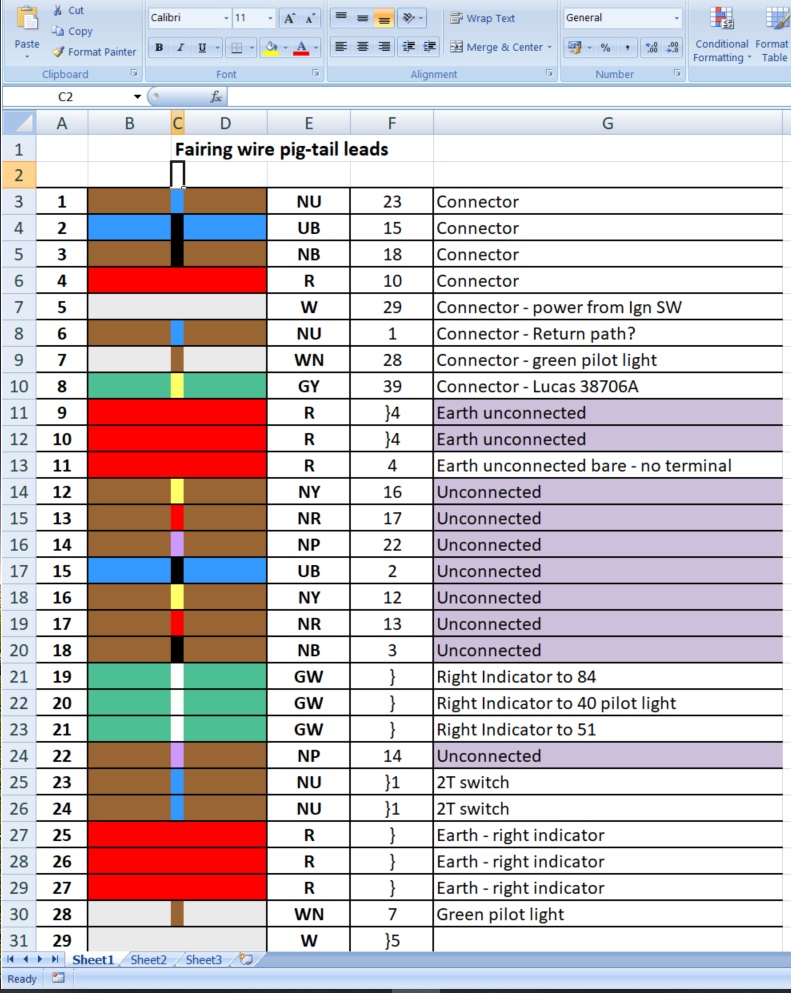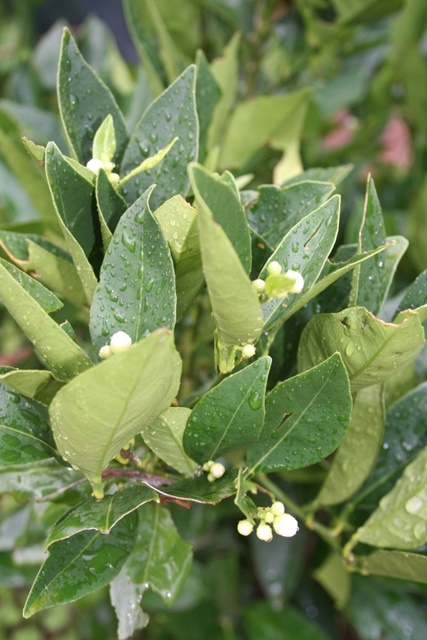Earth, we have a problem!
This week: Earth, we have a problem; Money is not the solution; Just a bit of wire; Being bitten: Learning from the Romans; How to build a road;

Sunshine and showers characterise the past week. Not huge amounts of rain, just enough to turn my clay soils into a quagy mess and to make all the foliage wet enough to stop work.
But with a deficit of 120,000 litres of precipitation so far this year for my orchards (1,200 m² x 100lt), everything we get is useful.
It has meant that I have been doing inside jobs – of which there are a lot to do.
Earth, we have a problem
On Monday I had to go to the post office in Stari Grad. It’s at the edge of the big square next to Tvrdalj castle, the fortified mansion dating from 1448, built by Petar Hektorović which faces the square and Riva.

There was a brisk westerly wind blowing up the fjord from the Adriatic. A warm but wet wind, bringing in showers with bursts of sunshine. The walk up the Riva was nice. There are few visitors about at the moment. The odd oriental coach tour comes in, follows their guide round and departs, without leaving much in their wake to register they have even been. No coffees or meals bought, perhaps a few trinkets and that is it.
What was striking was the way the sea was lapping over the low harbour wall.

The town being at the trough end of the fjord, means that there is nowhere for the sea to go. When there is a westerly wind, a bulge of water is pushed up to the end and it over-tops the low wall.

Shops and houses all have stout boards to protect them from inundation, but what was a few years ago, an isolated event, when the sea over-toped the wall, is now a weekly and in windy weather, a daily occurrence.
There is little tidal variation here, probably less than 30mm/1 foot between high and low water, which means that the sea is close to the top of the wall all the time and it takes little in the way of tidal height alteration to cause the sea to come over.
A few hundred people live in the old part of the town. It was constructed two and a half millennia ago by the Greeks and has been colonised by successive Mediterranean civilisations ever since.
But today, with climate change and rising sea levels, there is an imminent threat to the townspeople and their homes and businesses.
All round the island, communities have been built just above the current sea level. Indeed all round the Mediterranean basin, there is a threat of inundation because of sea level rise. It is not just in Europe though.
Across the world from the tiny island nations of the Pacific, to the low lying estuaries of India and Bangladesh, to major parts of Florida and the US East Coat, they are all susceptible.
I’m not talking here about the threat of a major inundation caused by a typhoon, cyclone or hurricane, but the threat because as the sea level rises because of climate change, what was once something that happened when there was a flood tide, now happens at almost every high tide.
Earth, we have a problem – it’s called climate change!
Money is not the solution
Whilst places like Miami are already elevating their sea defences, because they have the money to do so, in poorer parts of the world – and the Mediterranean basin fits that description – they simply don’t have the means to keep the sea out.
There will have to be some very difficult decisions about which towns and settlements to protect (and at what cost/who pays) and those places that will be left.

Can you put a price on history? The old part of Stari Grad, which in Croatian literally means “Old town” has changed little in the last 800 years. It is what the visitors come to see, but unless a tidal barrier is built across the fjord, which would be both difficult and costly, I don’t see much chance of protecting this piece of history.
Simply lifting the wall around the harbour might be a temporary solution, but as I saw on Monday, because the infrastructure all sits just above mean sea level, the moment there is an increase in sea water coming down the fyord, it immediately starts to back up and erupt through grates and drains all around the town.

And how high do you lift the wall – a metre, two metres, three?….
Just a bit of wire
The island is a wonderful place to ride a motorcycle. There are a lot of smooth tarmac highways, some very well engineered new roads leading to Sućuraj, and parking for motorcycles is free everywhere. Plus with an average of 300 sunny days a year, getting wet and more importantly getting your bike wet can be avoided.
I’m not thinking of the off road riding, for that you need a specially adapted bike, which I don’t have, for me its the open road!
But to get my bikes registered and insured here, there are a just a few hoops to jump through and some hurdles to overcome. As they are all classic British machines (pre 1975), they are eligible for a “historic” category of licence, but to get that I need to have them inspected for authenticity. I thought over the winter I would spend some time and get them up to scratch.
Being wet outside at times this week, I started by trying to resolve some wiring issues with my Rickman. I like things to be neat and tidy, especially if it is going to be inspected.

When I opened the cover of the fairing, I couldn’t tell one wire from another. The wiring loom has also twisted over time, so the easiest way to resolve it was to remove it.

This is where a long dining table comes in, because you can lay out the loom and with a piece of white paper or card behind, can then easily identify the different cable colours.

Sticky labels help mark leads that have been identified.
From the 1960’s, British motorcycle manufacturers agreed to standardise the wiring colours they used. It also helps that Lucas made all the wiring and electrical components.
So just looking at standard wiring diagrams told me what most of the wires did. But I used a spreadsheet to list the various leads and connectors, against the actual wiring colours.

I discovered there were a number of leads which were not connected to anything. However by reference to some 45 year old Lucas documents, I was able to work out where most should go. There are four remaining leads, which connect to an amber warning light that remain a mystery.
I wonder they are for a Flux Capacitor – must look for one in the Lucas catalogue…
Being bitten
The mild weather, above the average, has affected the insect population. I still have fly screens over the window, so I can keep them open during the day although I removed the door screens at the start of October.
There are an awful lot of house flies about, but with few fly catching birds to prey on them, they can fly with impunity. Our summer migrants have all left and the winter migrants are not fly catchers. So open doors and windows are a magnet for flies.
Any open door is enough to attract flies into the house. I then have to wield my electrocutor bat to dispose of them.
Working in the orchards I have been bitten several times by Tiger Mosquitoes. This is the latest I have ever been bitten in the year. It needs cold weather to kill them off – not that I am wishing for cold weather, mind you.
Amongst the beneficial insects are the Preying Mantis, again usually absent by November, but I have seen several this week. A couple I moved from the car onto shrubbery. The first cold snap will kill them off too.

Then there are the Katydids. This one was on Catkin buds which have appeared on my Corkscrew Hazel.

Lizards and Gekos are still around and hunting. They will soon hibernate deep in the rock walls, to emerge once the sun warms the soil next spring. Meanwhile I have been harvesting my Mandarin oranges – Vitamin C on a tree.
I was looking at the protection hoops for my citrus and saw that one of my oranges has come into bud this week.

I need to get the protection netting round this tree fairly soon. There is always so much to do, not just now, but all through the year.
While this has been happening and between being bitten by mosquitoes, I have been moving more stones. I marked the route of the path, preparatory to digging the pond.
Sitting in the orchard with a cup of coffee, contemplating the meaning of life, the universe and which weed I should attack next, I realised that for this whole project, I need to have the route of the path in place first.
I hadn’t realised until I sat there that the area where I am planning the pond and the bog garden slopes down, probably by 30cm between the top and the steps. It’s amazing what caffeine can do to clear a foggy brain.
Learning from the Romans
The bottom stone steps are already in place. I set them last year, before the weather got too hot. This year the bramble briars have grown across them, so first job was to remove the brambles by their roots.

Then following the Roman method of road building, I dug out the soil behind the stones and riddled it by hand. It produced four buckets of soil and one and a half of stones. From this I estimate that between a quarter and a third of the soil volume on my land is stone.
The larger stones I used behind the bottom steps, followed by tamping them flat.

Then I added a layer of the medium and small stones that had been riddled out. I tamped this layer flat.

I finished with a layer of sand.

Onto this I bedded the stone step behind.

This gives a nice wide platform for your feet as you climb or descend. With more stones tamped firmly into place, I added the final step.

Behind this will be the path, level with the top.
What I have decided to do is to order an electric Rotary Screener from Italy. I have looked at these a few times and thought that it would be a useful piece of equipment to have.
But after this week, where using a hand riddle to remove the stones gave me back ache, and just looking at the amount of stones in the soil and the amount of soil I need to dig and riddle before reusing, I can justify it.

As my friend Cvjetko says, “you have every tool known to man“. Well not quite, but I’m working on it…
How to build a road
The engineer Vitruvius described the process (in Latin) of Roman road construction in the 1st Century:
The field engineer, assisted by a stake man aligned the road with a groma and ran levels with chorobates. A plow was used to loosen the soil and mark the trench (fossa) margins. Workmen dug trenches for a roadbed with a depth of 6 to 9 feet, carrying away the dirt in baskets.
The earthen bed was tamped firm. The foundation of lime mortar or sand was laid to form a level base (pavimentum). Next came stones of about 4 to 5 in. in diameter, cemented together with mortar or clay (statument). This layer could be anywhere from 10 inches to 2 feet deep.
The next course (rudus) was 9 to 12 inches of concrete filled with shards of pottery or stone. Atop this layer was the nucleus, a concrete made of gravel or sand and lime, poured in layers with each layer compacted with a roller. This layer was one foot at the sides and 18 inc. at the crown of the road. The curvature was to allow good drainage to the finished road.
The top course was the summum dorsum, polygonal blocks of stone that were 6 inches or more thick and carefully fitted atop the still moist concrete. When a road bed became overly worn, this top course was removed, the stones turned over and replaced. A road was 9 to 12 feet wide which allowed 2 chariots to pass in each direction . Sometimes the road was edged with a high stone walkway. Milemarkers indicated the distance.
One day soon, I’ll dig the first spit for the pond, but not until I have everything I need in place, although a road might be overkill… NRC
One Response
Andrew Robinson
Read this in the bath… Very educational… Pity my drive isn’t laid like that… We are off to Cape Verde tomorrow for a week so we are swapping heavy rain for 31 degrees. Keep at it Norman!